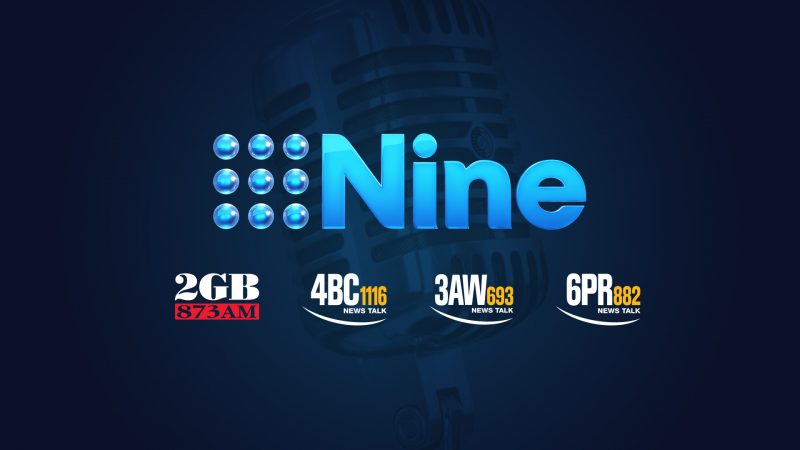Nine CEO Hugh Marks on the company’s sales challenges, cost savings and ‘disappointing’ revenue share
Yesterday Nine posted a 9% drop in profits across its business and suggested it would be looking to make $100m of cost savings over the next three years. Mumbrella’s Hannah Blackiston speaks with CEO Hugh Marks after his call with investors to discuss Nine Radio’s poor results, disappointing revenues in broadcast, dropping one-off sporting events from the line-up, and what’s going on at Nine’s closest rival.
Nine Radio
Towards the end of 2019 Marks confirmed that the advertiser boycott of Alan Jones had hurt Nine Radio’s revenues. Comments Jones made about New Zealand Prime Minister Jacinda Ardern, including that Australian Prime Minister Scott Morrison should have “shoved a sock down her throat”, resulted in 100 complaints being lodged to the Australian Communications and Media Authority (ACMA) and a boycott by advertisers including the Commonwealth Bank of Australia and Coles.

Nine Radio has a lot of potential says Marks
Nine’s results presentation has put some numbers behind those words for the first time, with Nine Radio reporting a revenue drop of 16% for the first half of the 2020 financial year compared to the same period the year prior and a 63% drop in earnings before interest, tax, depreciation, and amortisation (EBITDA).
“There’s no secret that there’s been an issue in breakfast in Sydney, that’s something that hasn’t rectified as yet and that’s a focus for the business,” Marks tells Mumbrella.

